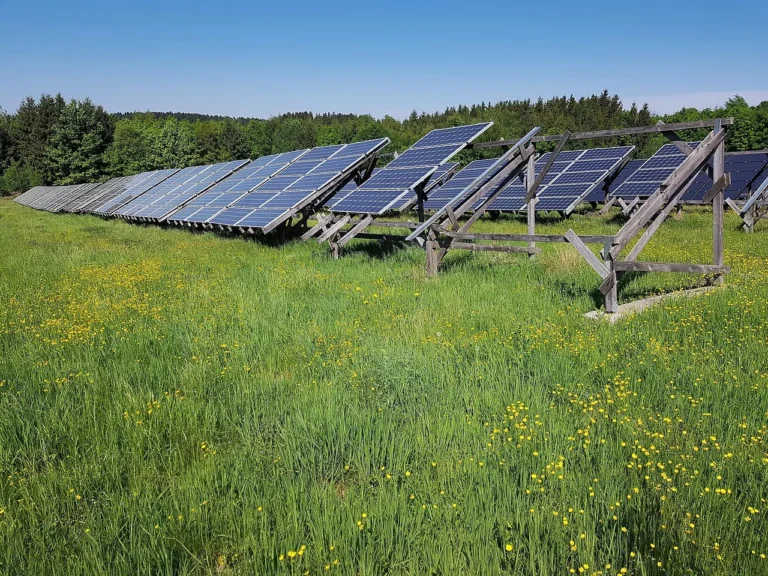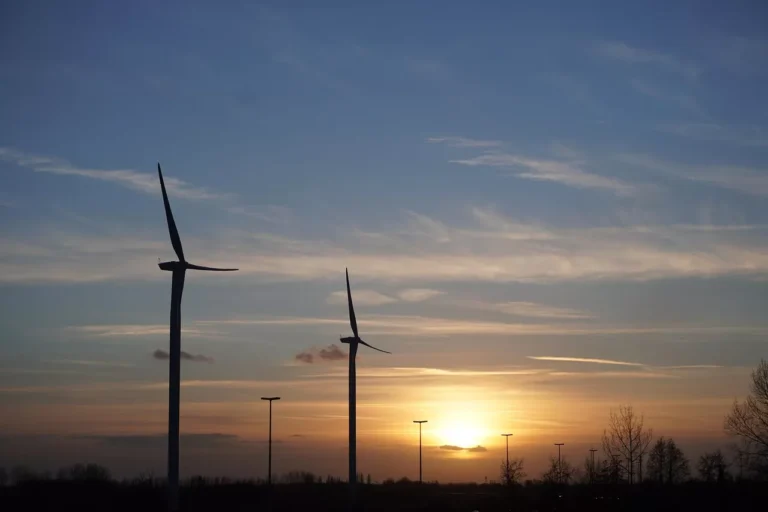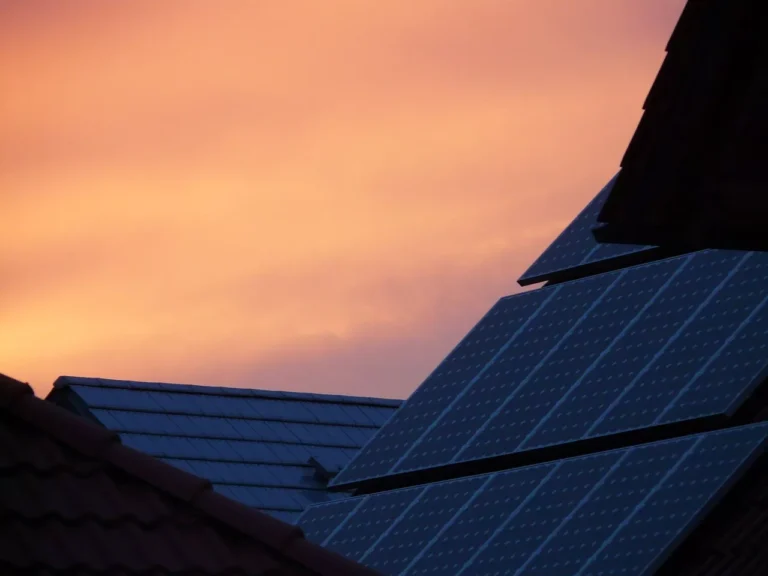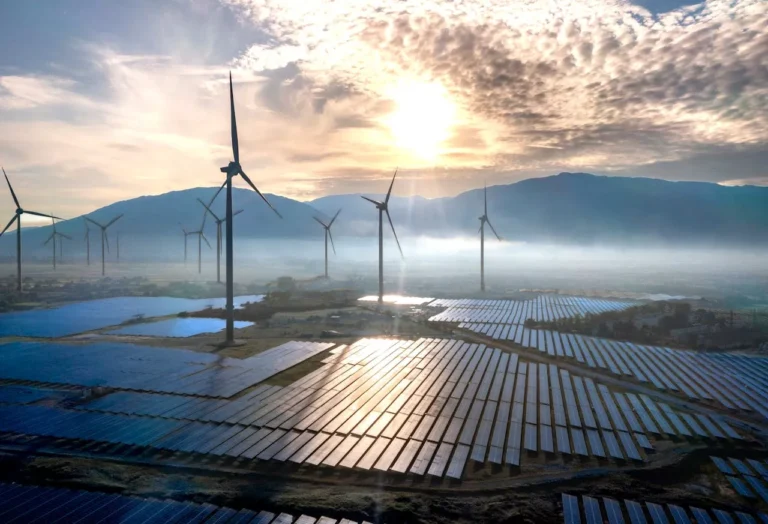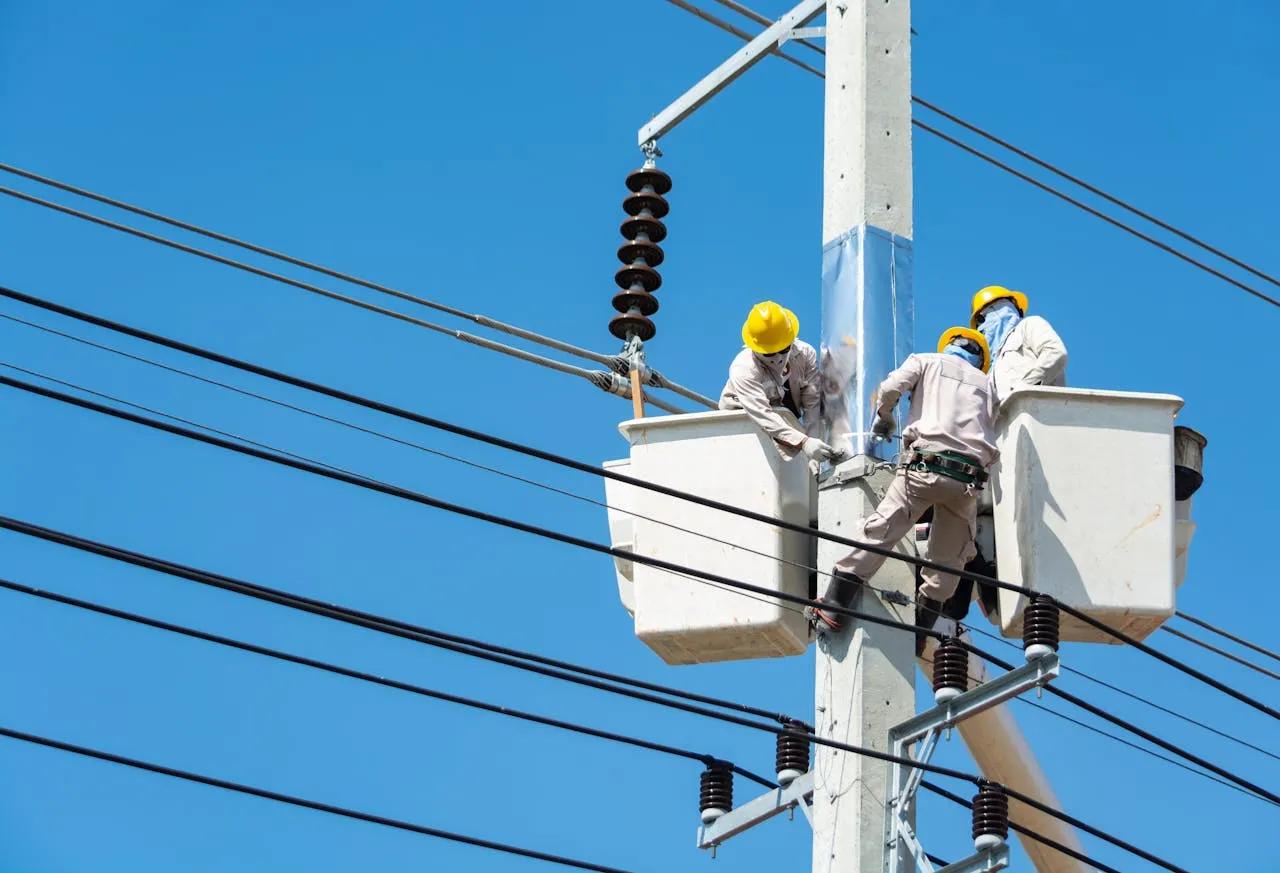
Georgia Power Strengthens Grid After Hurricane Helene
One year after Hurricane Helene — the most destructive storm in Georgia Power’s history — the company has emerged stronger, with a modernized, more resilient grid ready to withstand future extreme weather events. The storm tested every part of the state’s energy infrastructure, but it also proved the value of more than a decade of strategic investment in grid modernization and smart technology.
When Helene struck, it caused widespread devastation across Georgia, knocking out power to hundreds of thousands of customers and inflicting historic damage on infrastructure in cities such as Valdosta, Augusta, and Savannah. Despite the scale of destruction, Georgia Power announced that 95 percent of affected customers had power restored within just eight days of the storm — an achievement made possible by the company’s largest-ever restoration effort.
At the peak of recovery operations, Georgia Power mobilized over 20,000 workers, including linemen, engineers, logistics experts, and contractors from partner utilities across the nation. Teams worked around the clock, using helicopters, boats, and unmanned aerial vehicles (UAVs) to reach areas that were inaccessible due to flooding, downed trees, or impassable roads.
This massive response effort was supported by years of proactive planning and investment. With approval from the Georgia Public Service Commission, Georgia Power has spent more than $10 billion over the past decade strengthening its energy infrastructure and deploying smart grid technologies. These upgrades have significantly reduced both the duration and frequency of outages, ensuring that the grid can better withstand the growing intensity of extreme weather events.
During Hurricane Helene, the value of these investments was clearly demonstrated. Smart grid devices and automated systems helped reroute power around damaged sections of the network in real time, preventing sustained outages for thousands of customers. In less-affected regions such as Metro Atlanta and North Georgia, these systems automatically restored power and avoided thousands of hours of potential downtime. This technological advantage allowed crews to focus their attention on the hardest-hit areas, expediting the restoration process for communities that suffered the most severe damage.
Once immediate restoration was completed and customers were safely reconnected, Georgia Power turned its focus to rebuilding and strengthening the grid for the long term. Over the past year, the company has undertaken a comprehensive program of grid reconstruction, using advanced materials, automation, and smarter infrastructure to enhance system durability and reliability.
Upgrades have included replacing and reinforcing power lines, poles, and transformers; deploying automatic fault detection systems; and installing “self-healing” grid technologies that can instantly isolate damaged sections and reroute electricity to unaffected areas. These innovations help improve service reliability, reduce the impact of future storms, and enhance overall energy efficiency.
Josh Stallings, Vice President of Strategy and Support for Georgia Power, emphasized the company’s long-term commitment to resilience and reliability:
“We understand the importance of reliable energy for families and businesses and are working every day to plan improvements and align our investments in grid resilience to deliver the best value for customers,” said Stallings. “While this is an ongoing effort that has been underway for years, following Hurricane Helene, we recognized an opportunity to upgrade sections of the grid in impacted areas while we rebuilt from the ground up in many cases, making them stronger and more resilient. We’re proud to continue to be here for Georgia communities every day.”
Regional Investments and Improvements
Coastal Georgia:
In Savannah and other coastal communities, Georgia Power has completed several Basic Insulation Level (BIL) and sectionalizing projects benefiting over 10,000 customers. BIL upgrades involve hardening poles, crossarms, and hardware to withstand high winds and salt exposure. Sectionalizing projects add automatic reclosing devices that segment circuits, reducing the number of customers impacted by a single outage event. These upgrades are ongoing throughout the coastal region, ensuring faster response times and fewer prolonged outages during future storms.
East Georgia:
In the Augusta region, the company has installed or upgraded more than 90 automated sectionalizing devices as part of its self-healing grid initiative. These systems allow the grid to automatically detect faults, isolate affected areas, and restore power to as many customers as possible within seconds. Beyond reducing outage durations, the technology also helps field crews locate downed lines and broken poles more quickly, allowing them to prioritize resources and complete repairs efficiently.
South Georgia:
In South Georgia — one of the hardest-hit areas — Georgia Power has strengthened infrastructure in cities like Hahira, Valdosta, Albany, Bainbridge, Tifton, and Waycross. Crews have reconductored circuits using larger wire and installed more than a mile of new service lines to improve energy delivery capacity. Select power lines have also been relocated underground to reduce the risk of storm-related outages. Meanwhile, ten substations across the region have undergone significant upgrades to enhance reliability and capacity.
To improve future storm response, the company has also developed new staging areas across South Georgia. These hubs will serve as logistical bases, enabling faster mobilization of crews and equipment in the event of another hurricane or large-scale natural disaster.






